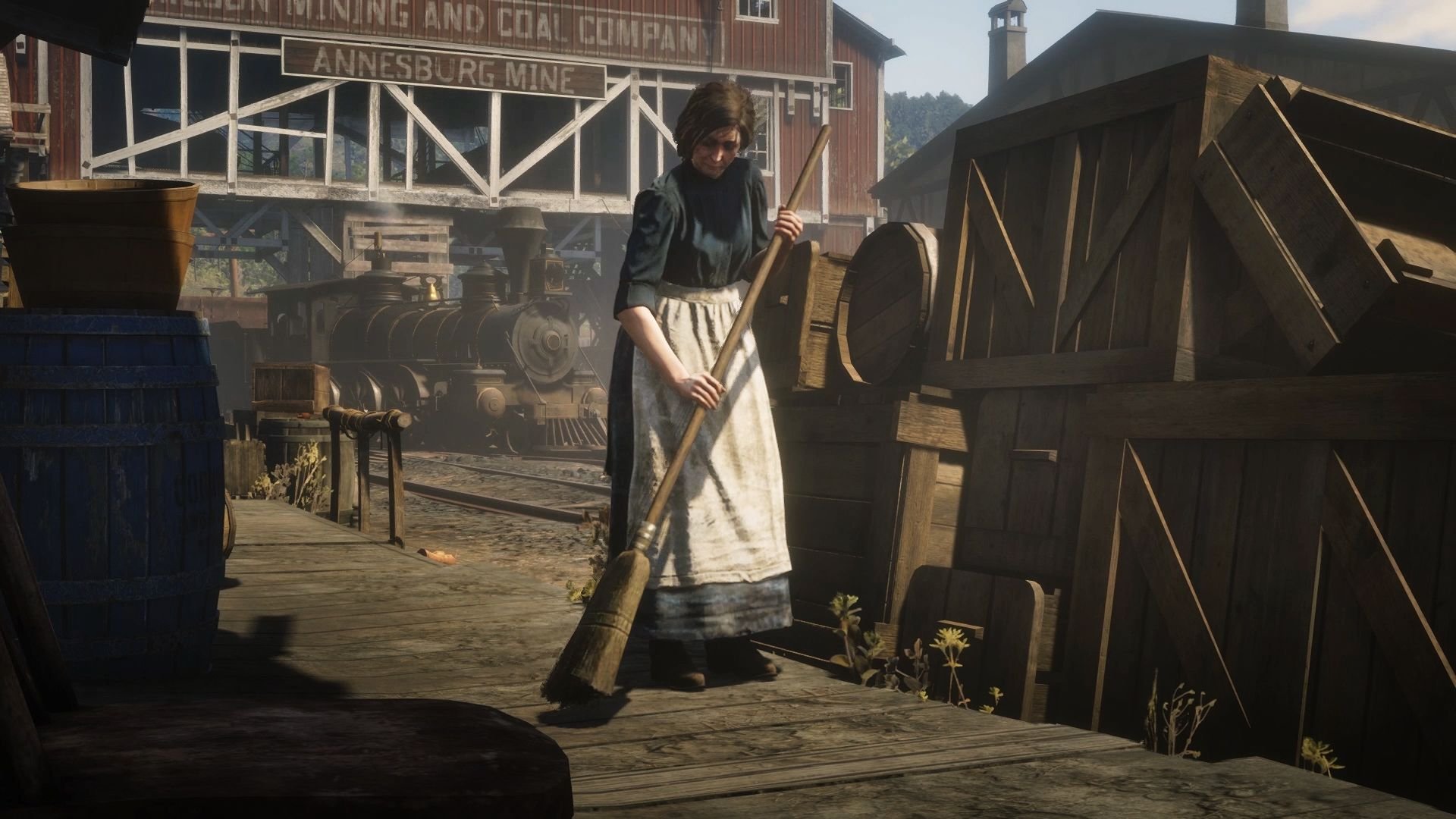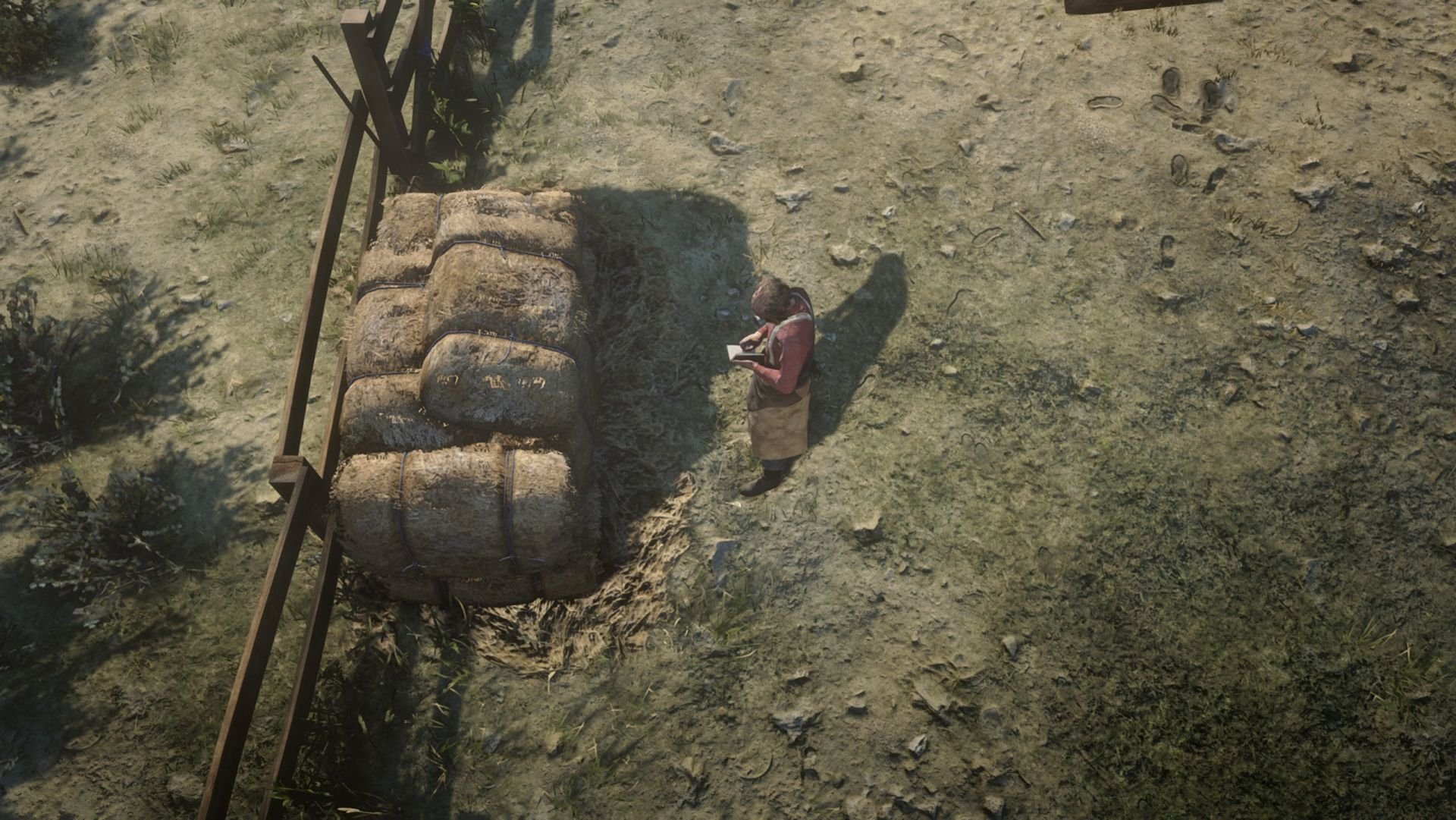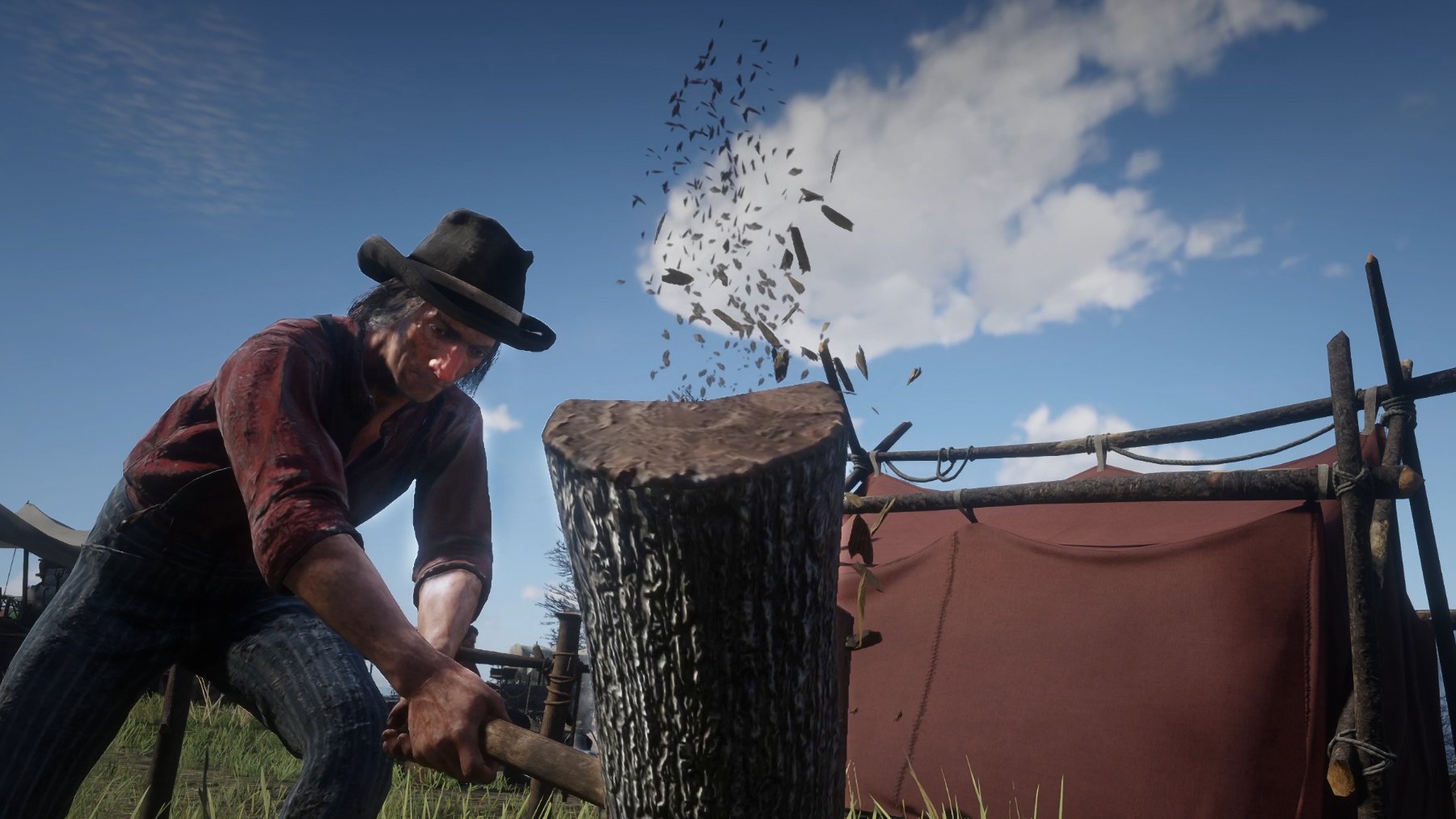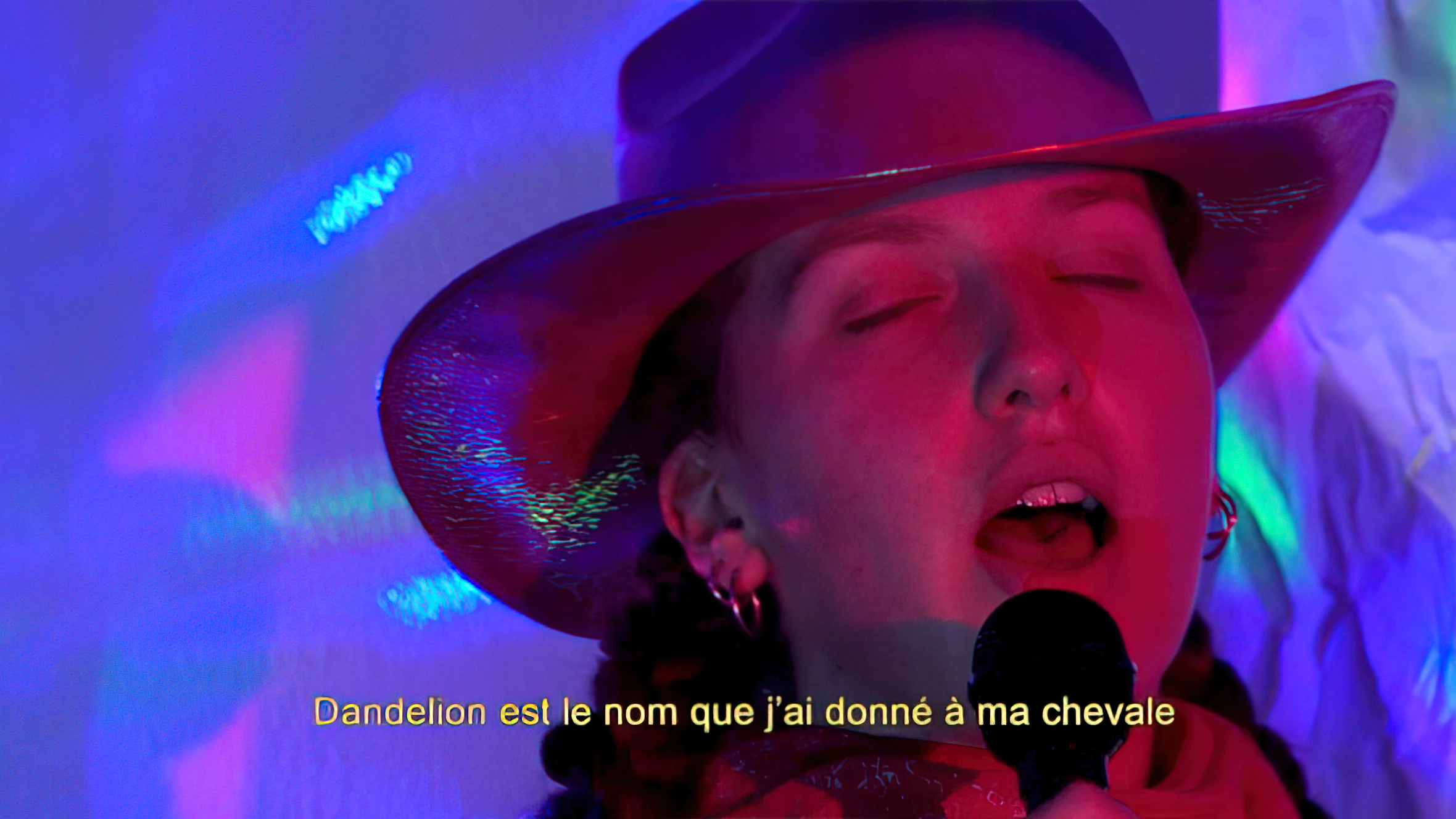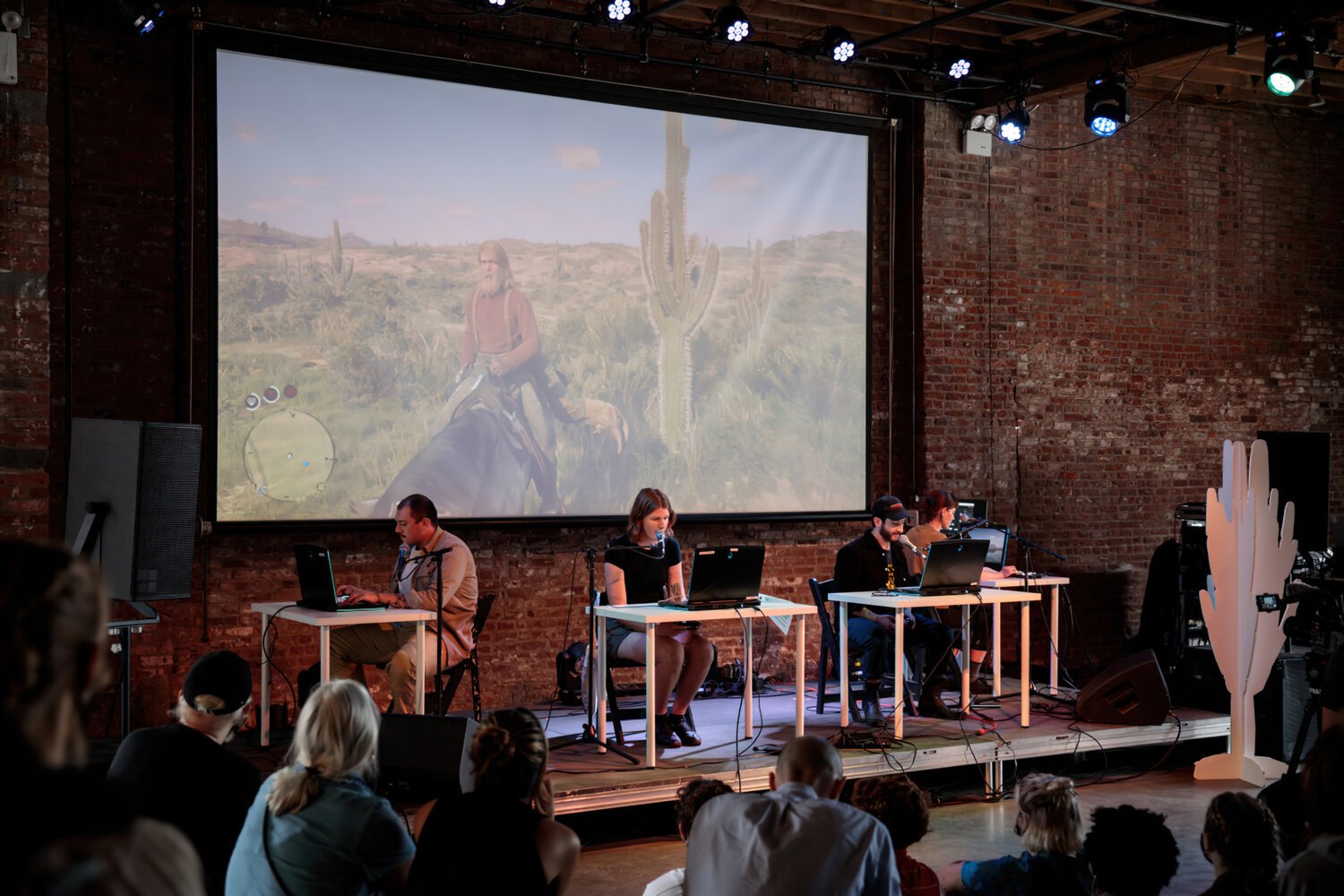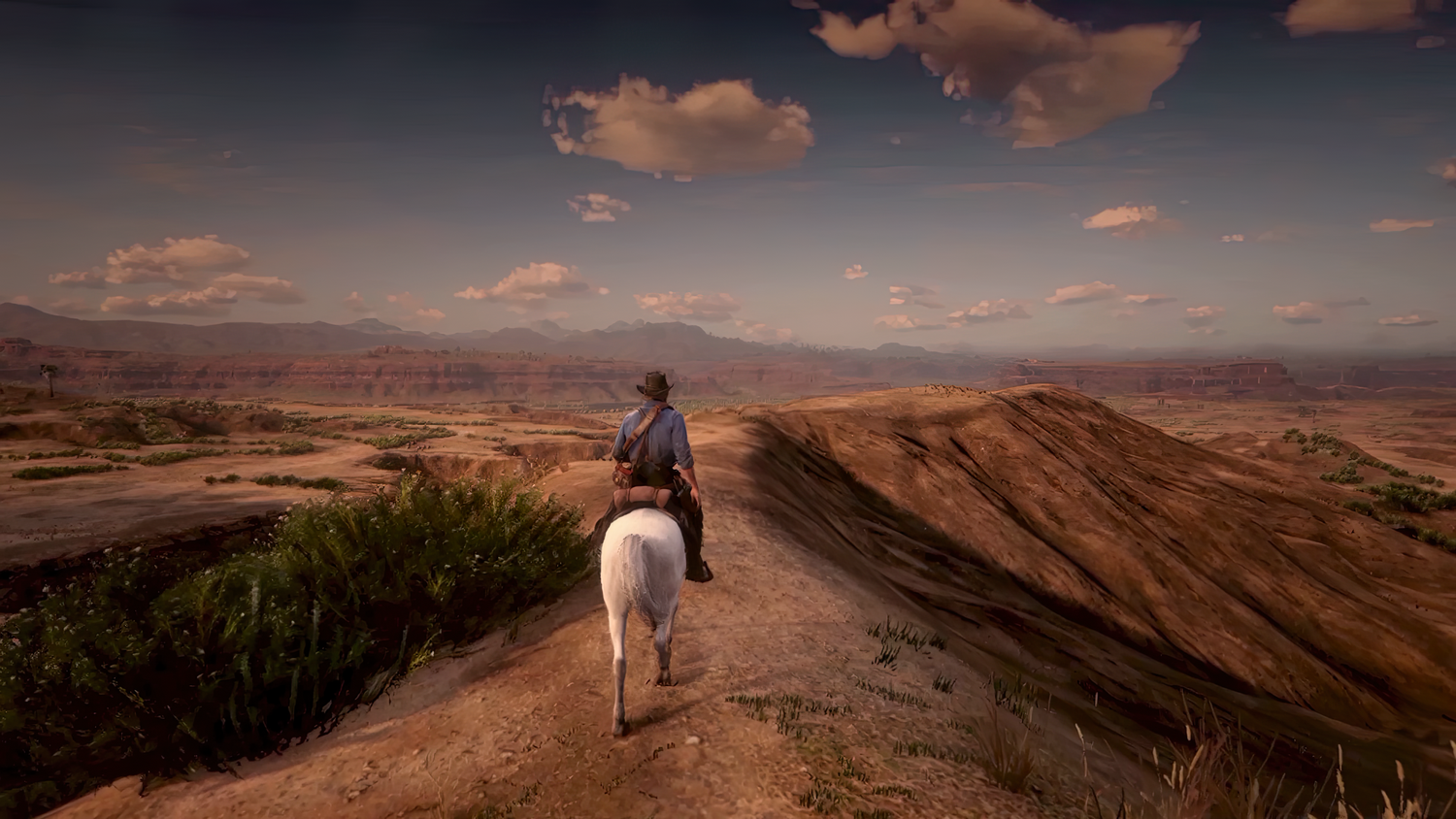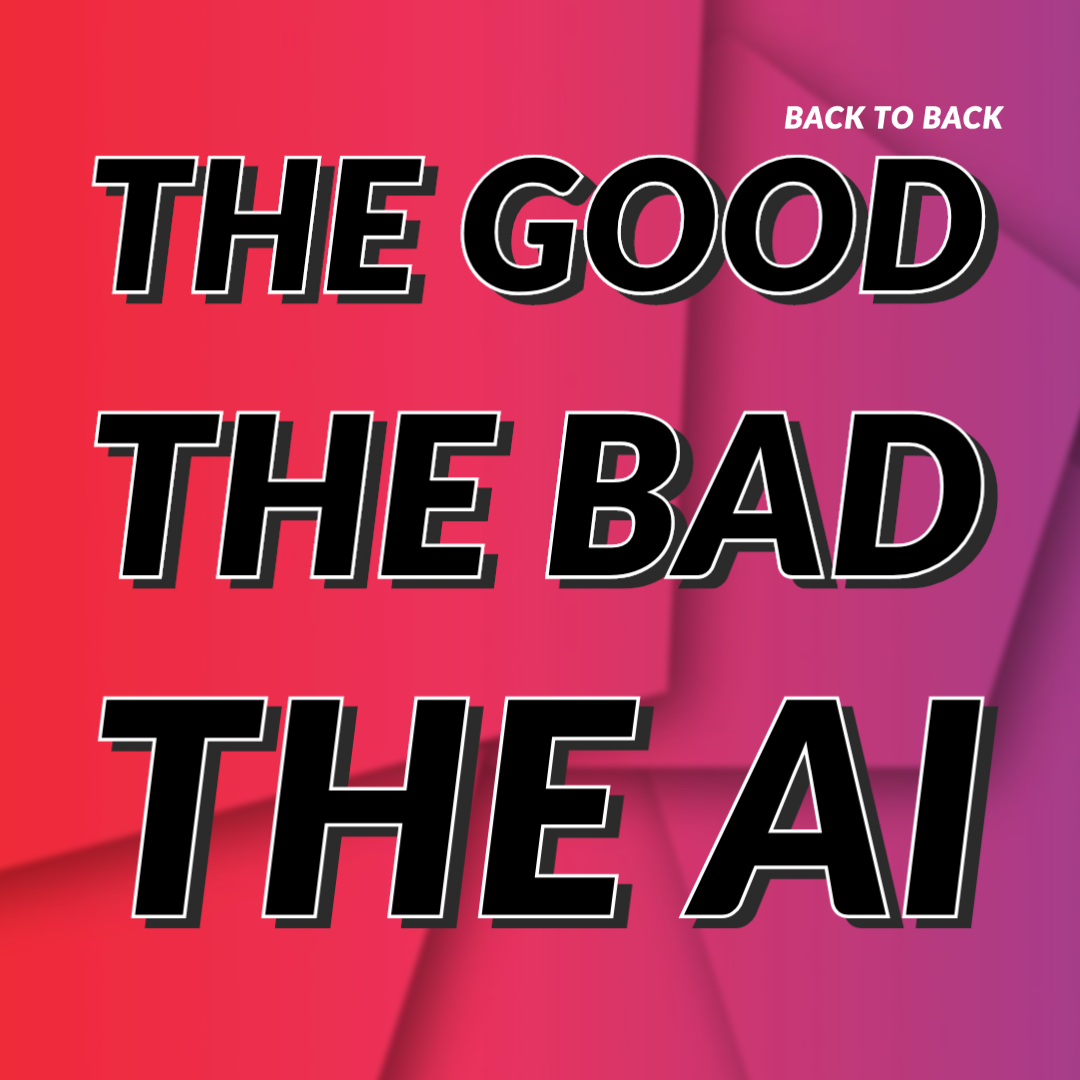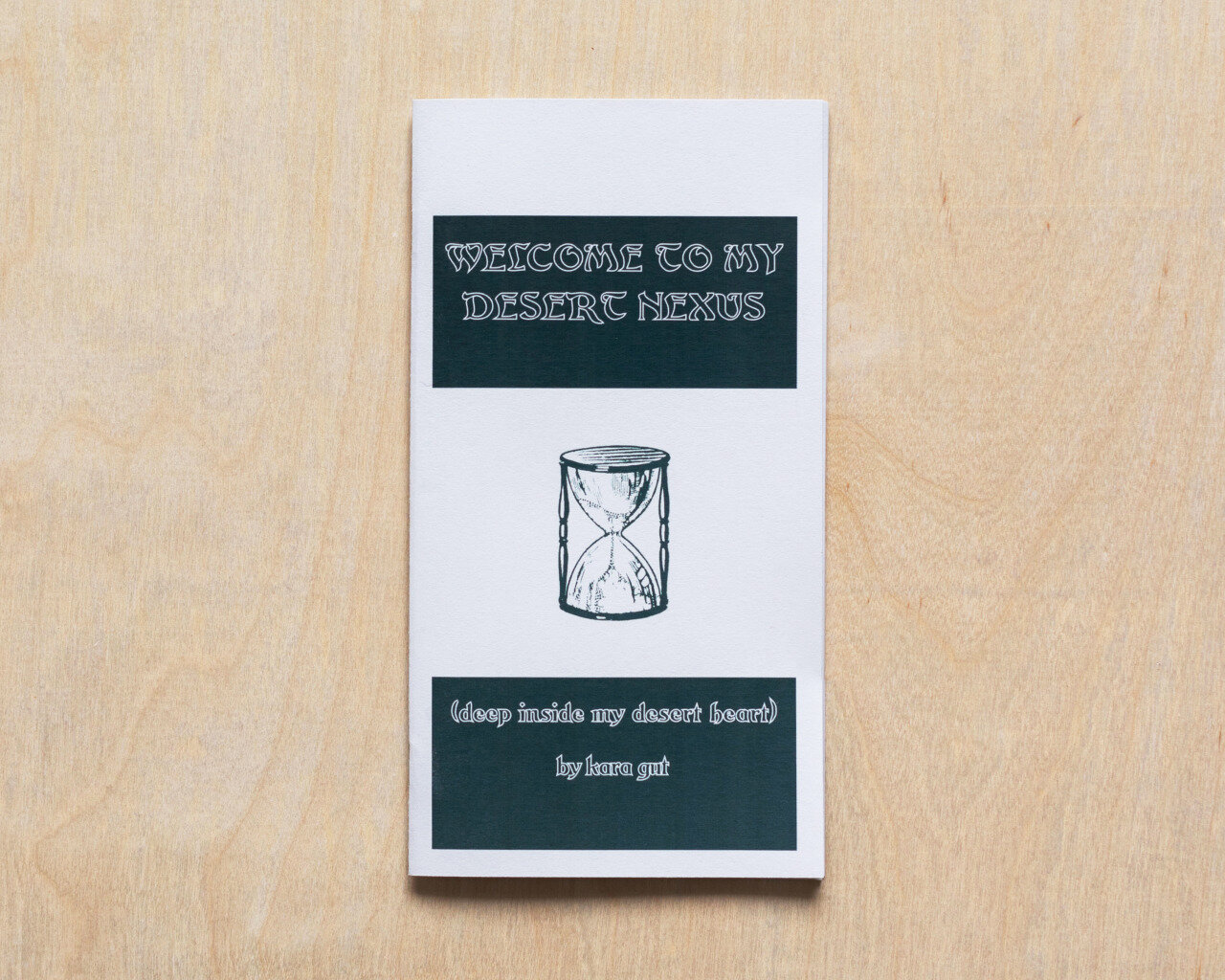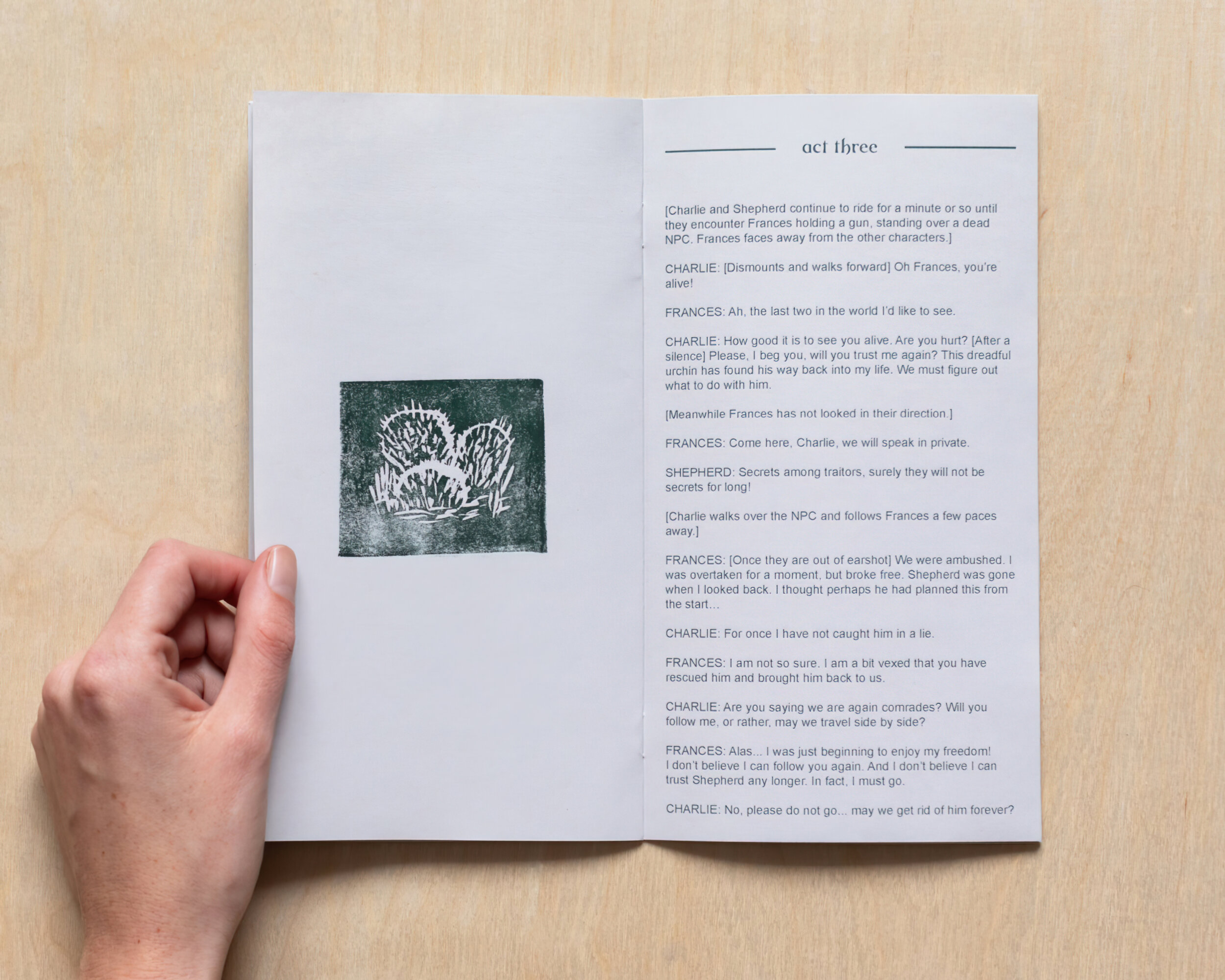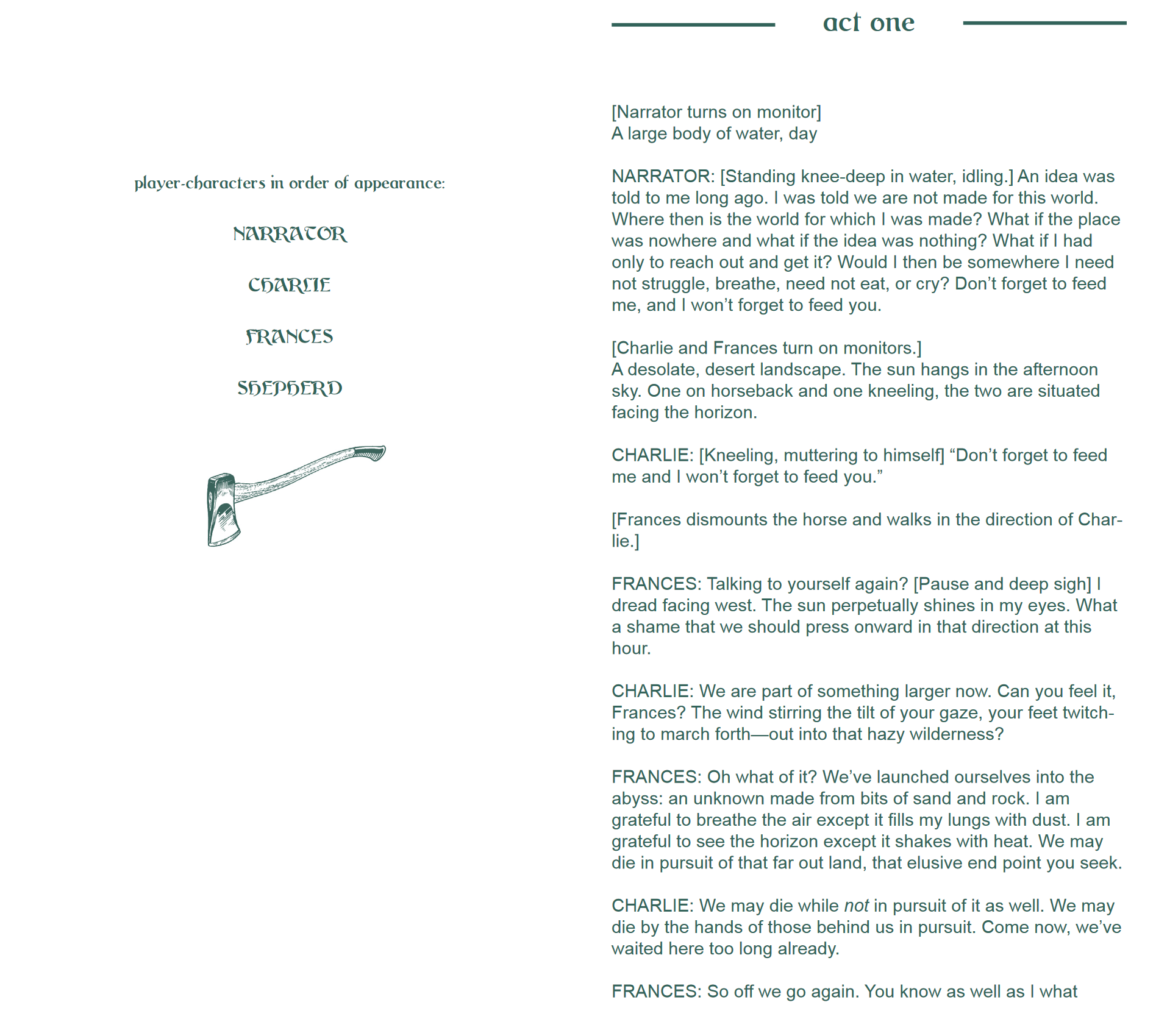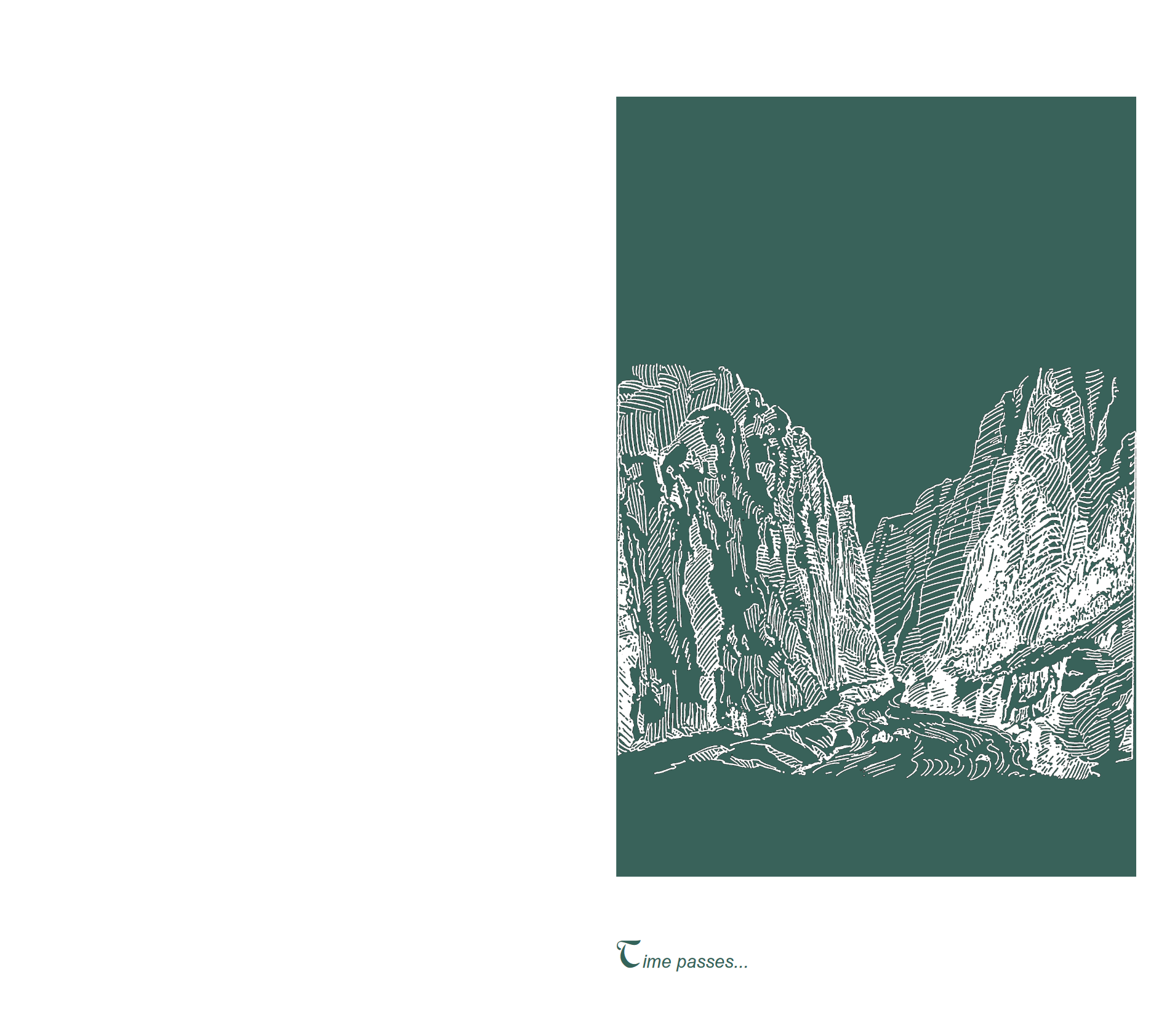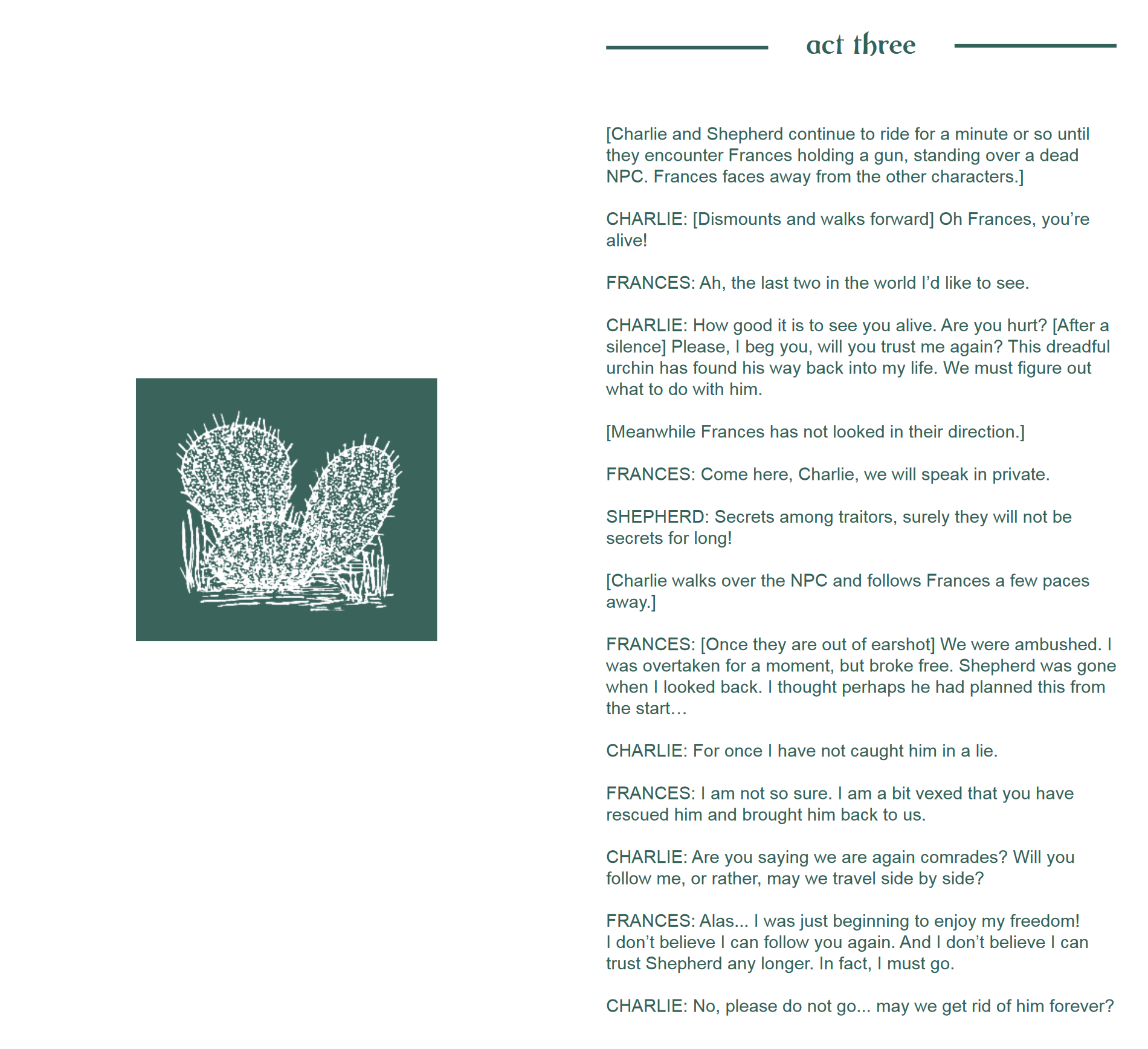PATREON-EXCLUSIVE CONTENT
〰️
PATREON-EXCLUSIVE CONTENT 〰️
The Milan Machinima Festival is excited to present Andrea Gatopoulos' award-winning Happy New Year, Jim, a metaphysical meditation on virtual worlds and social connection in the age of video games. The machinima was (mostly) shot with/in Red Dead Redemption 2 (Rockstar Games, 2018).
Happy New Year, Jim will be exclusively screened at the Museum of Interactive Cinema on Saturday March 25 2023 as part of the Made in Italy special program. Buy your ticket here.
Born in Pescara in 1994, Andrea Gatopoulos is the founder of the production company Il Varco, with which he has produced eleven short films and two feature films. Currently, he is the artistic director of Il Varco - International Short Film Festival, chosen by FilmFreeway for its Top 100 Best Festivals in the World, and is also the creator of the Short Days and Nuovo Cinema Abruzzese film festivals. His productions have been selected in over one hundred festivals around the world. Among his films are Flores del Precipicio (2022), Polepole (2021), Letters to Herzog (2020), Materia Celeste (2019), Spettri (2017) and Onyricon (2015).
Matteo Bittanti discussed the creative process behind Happy New Year, Jim with the filmmaker, Andrea Gatopoulos.
Matteo Bittanti: Can you describe your path and trajectory as a filmmaker? What led you to explore cinema as a medium as an artform?
Andrea Gatopoulos: I consider myself a very curious, even nerdy person, and I began with cinema because I was exploring editing softwares back in the day when I was very young, around 12, 13. At that time, the first phones with cameras were being released on the market and I remember playing them with my friends, mocking blockbuster films. During my high school years, it became a sort of job since I would make videos for small companies in my hometown, for my friends’ birthdays and for my school. I think they still use a video of mine to advertise the school. I didn’t realize what cinema exactly was until I enrolled into university so I’ve never been one of those cinephiles that grew up watching author cinema. My origin story is completely profane, so to speak.
Matteo Bittanti
Works cited
Andrea Gatopoulos
digital video/machinima, color, sound, 9’, 2022, Italy
This is a Patreon exclusive article. To access the full content consider joining our Patreon community.



